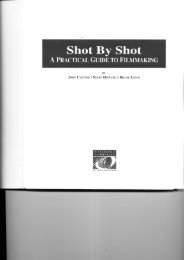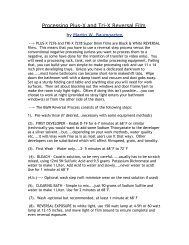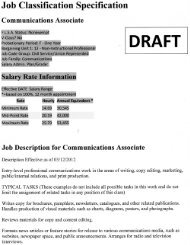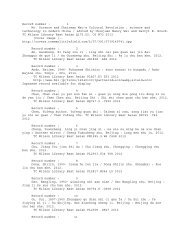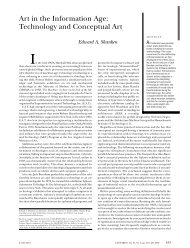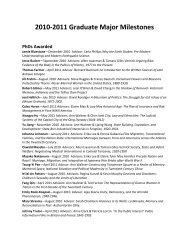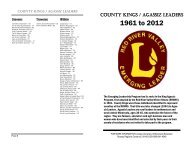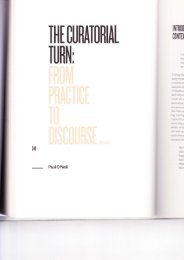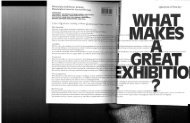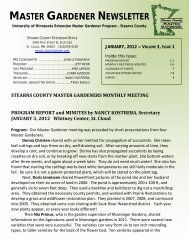Labelling and Marking Museum Objects Booklet
Labelling and Marking Museum Objects Booklet
Labelling and Marking Museum Objects Booklet
Create successful ePaper yourself
Turn your PDF publications into a flip-book with our unique Google optimized e-Paper software.
7. Loose label (for small objects such as coins)<br />
Some objects, such as coins, are too small <strong>and</strong> detailed to be marked, nor is it easy to tie a<br />
label onto them. The only option is to use a loose label:<br />
1. Examine the object to check if the method is appropriate. If in doubt, consult a conservator.<br />
2. Write the object number on an acid-free paper or Tyvek label using a suitable<br />
drawing ink <strong>and</strong> drawing pen. Put it underneath the object in its storage tray.<br />
3. Take a photograph of the object, <strong>and</strong> mark the object number on the rear border of<br />
the print using a suitable drawing ink <strong>and</strong> drawing pen (record the weight of the<br />
object as an additional means of identification).<br />
Always keep the label with the object. When the object (<strong>and</strong> hence label) is moved, a proxy<br />
card should be put in its place.<br />
8. Tie-on label<br />
This advice is based on guidelines provided by the NML<br />
Pros:<br />
Cons:<br />
Easy to get from conservation suppliers;<br />
Easy to write on;<br />
Noticeable <strong>and</strong> easy to find;<br />
Can be written on in pencil or pen.<br />
PH (acidity) should be tested if you don't know the origin;<br />
Tyvek is slightly more difficult;<br />
Easy to remove <strong>and</strong> lose;<br />
Paper labels may fall apart in a flood;<br />
Fibres from cotton may stick to artefacts;<br />
String may be nylon not cotton <strong>and</strong> deteriorate <strong>and</strong> harm the object;<br />
Cotton string may wick oil from the object, oil may cause ink to run;<br />
Paper <strong>and</strong> cotton labels are an insect food source.<br />
Materials<br />
Use white acid free paper or card labels or Tyvek tags with tape or string.<br />
Method<br />
1. Examine the object to check if the method is appropriate. If in doubt, consult a conservator.<br />
2. Write the object number on an acid-free paper or Tyvek using a suitable drawing ink<br />
<strong>and</strong> drawing pen.<br />
3. Pass tape, string or thread (as appropriate to the object) through hole in label.<br />
4. Tie tape loosely round the 'hole', 'h<strong>and</strong>le' or 'neck' of the object using a reef knot or<br />
by looping it round <strong>and</strong> through itself.<br />
9



